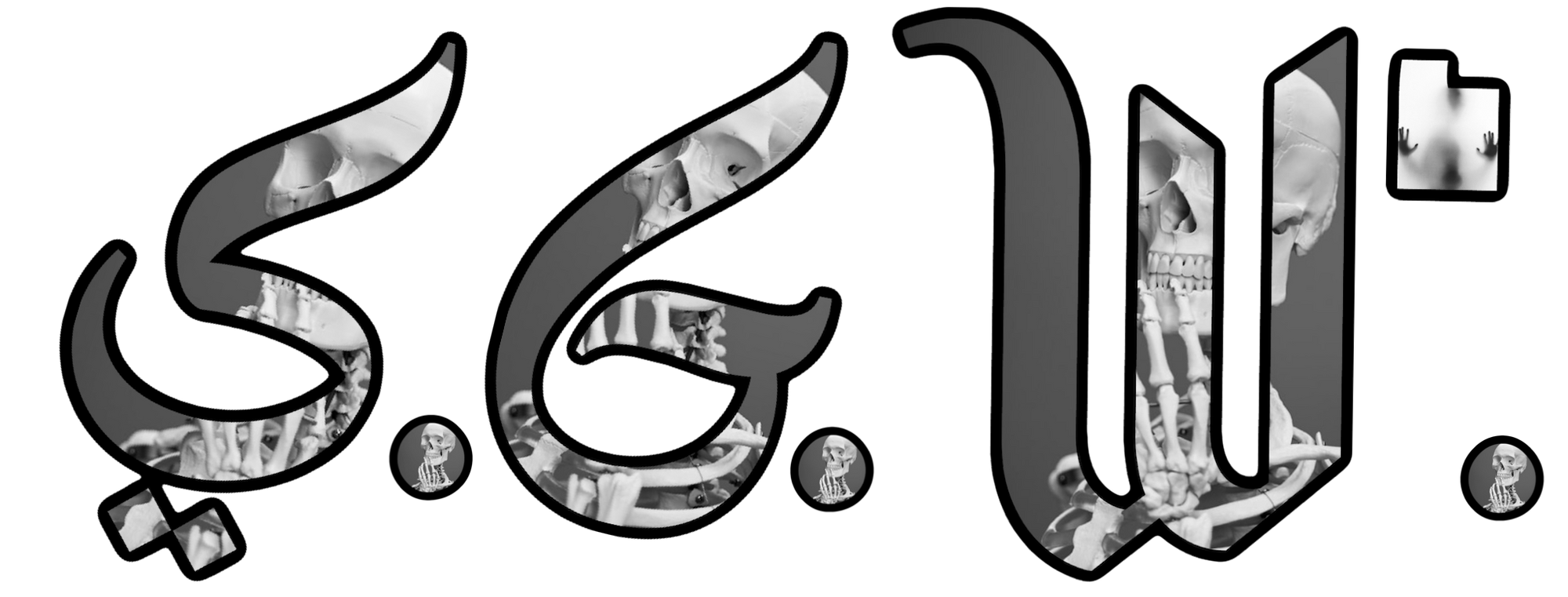
All i have to do is ask.
the answer will be to the asked question.
Why is universe shaped the way it is?
The shape of the universe is a complex question that astronomers and cosmologists are still working to understand fully. Based on current observations and theoretical models, the universe appears to be flat on the largest scales. This means that parallel lines would remain parallel forever if extended infinitely. The flatness of the universe is thought to be a result of cosmic inflation, a period of rapid expansion in the early universe.

Several key observations support the idea of a flat universe:
1. Cosmic Microwave Background (CMB): Measurements of the CMB, the oldest light in the universe, suggest that the universe is very close to being spatially flat.
2. Distribution of galaxies: The large-scale distribution of galaxies and galaxy clusters is consistent with a flat universe.
3. Total energy density: The total energy density of the universe, including matter, dark matter, and dark energy, appears to be very close to the critical density needed for a flat universe.
The shape of the universe is also influenced by its contents. The matter and energy within the universe determine its geometry and evolution over time. The current understanding is that the universe is composed of about 5% ordinary matter, 27% dark matter, and 68% dark energy. Dark matter and dark energy are still not well understood, but they play crucial roles in the universe's structure and evolution.
It's important to note that while the universe appears to be flat on the largest scales, it can have local curvature caused by massive objects like galaxies and galaxy clusters. Additionally, the universe's shape is still an active area of research, and future observations may refine or even challenge our current understanding.

The observable universe, which is the portion of the universe we can see from Earth, is limited by the speed of light and the age of the universe. This means that we can only observe objects that are within about 46.5 billion light-years from us in every direction. Beyond this cosmic horizon, there might be much more to the universe that we cannot currently observe.
If the entire universe is much larger than the observable universe, it's possible that the overall shape of the universe could be different from what we observe in our local region. Just like how the Earth appears flat when we zoom in on a small area, the observable universe could appear flat to us even if the entire universe has a different global geometry.

Several possibilities for the overall shape of the universe have been proposed:
1. Infinite flat universe: If the universe is indeed flat and infinite, then our observable universe would be just a tiny portion of an endless expanse.

2. Curved universe: The universe could have a global curvature that is positive (closed) or negative (open), but the curvature might be so slight that it is not detectable within the observable universe.

3. Topologically complex universe: The universe might have a more complex topology, such as a toroidal (doughnut) shape, where traveling far enough in one direction could bring you back to your starting point.

However, it's important to note that these possibilities are speculative and cannot be confirmed with our current observations. The flat universe model remains the simplest explanation that fits the available data. As technology advances and we gather more data about the cosmos, we may gain new insights into the true shape and extent of the universe beyond our observable bubble.






